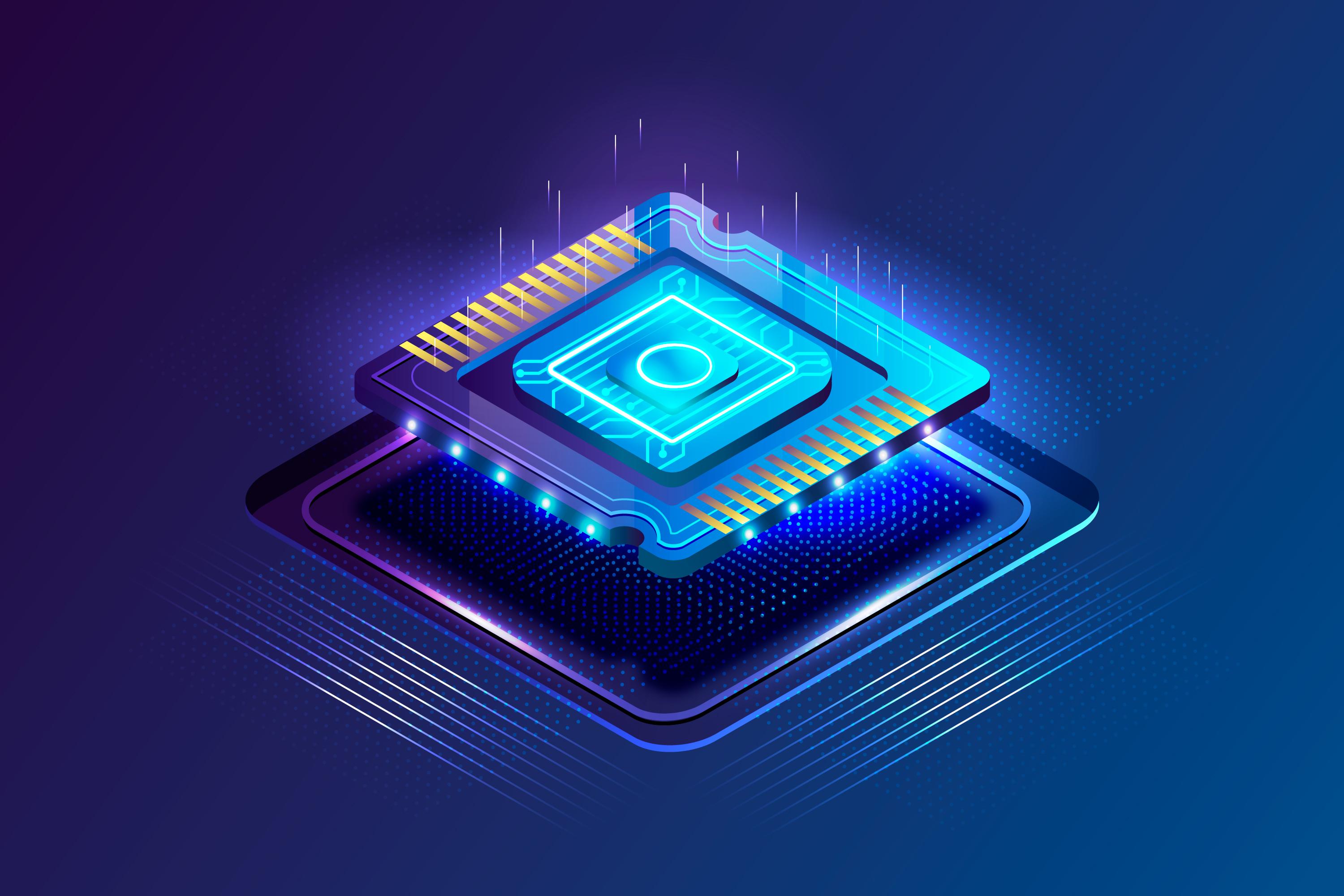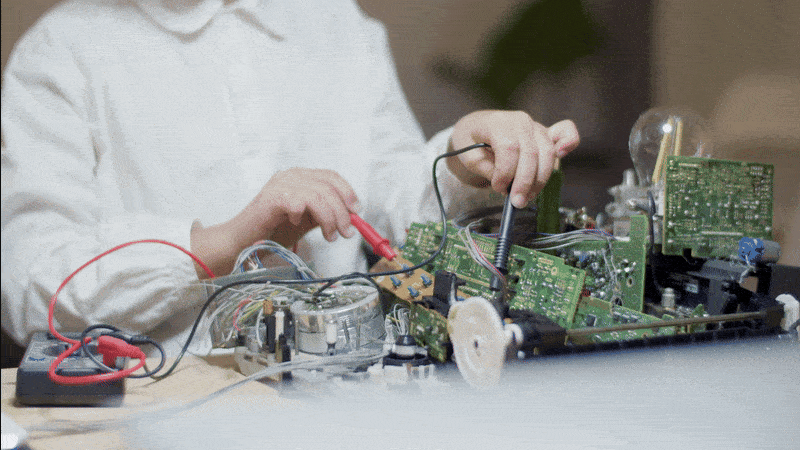Introduction:
Embarking
on a career after completing an M.Tech in Embedded Systems is an exciting
journey filled with opportunities and challenges. In this comprehensive guide,
we'll explore the diverse landscape of jobs for M.Tech in embedded systems,
delve into the intricacies of building a successful career, and uncover the
prospects for entry-level engineers in this dynamic field
Entry-Level Jobs for M.Tech Graduate :
Delve into the basics of entry-level
positions, where your role may involve designing and implementing software for
embedded systems.
- Firmware Developer: Explore opportunities to work on
firmware development, playing a crucial role in enhancing the
functionality of embedded systems.
- Hardware
Design Engineer: Uncover the world of hardware design, contributing to the
creation and improvement of embedded systems' physical components.
- Embedded Software Developer: Focus on
the software side, developing applications and systems that run on
embedded devices.
Building a Career in Embedded Systems:
- Continuous Learning: The fast-paced nature of technology
necessitates a commitment to continuous learning. Stay updated with the
latest trends, tools, and programming languages relevant to embedded
systems.
- Specialisation:
Consider specialising in a specific area such as Internet of Things (IoT),
real-time operating systems, or communication protocols. Specialisation
can enhance your expertise and make you stand out in the job market.
- Networking and
Professional Development: Attend industry conferences, webinars, and
networking events to connect with professionals in the embedded systems
field. Join relevant online communities to stay informed about job
opportunities and industry trends.
- Certifications: Acquiring
certifications from recognized bodies can bolster your resume and
demonstrate your commitment to excellence in the field. Certifications
like Certified Embedded Systems Professional (CESP) can be valuable
assets.
Navigating Career Challenges:
- Overcoming Entry-Level Challenges: Understand common
challenges faced by entry-level professionals and learn strategies to
overcome them. These challenges may include adapting to workplace
dynamics, managing workload, and acquiring hands-on experience.
- Career Growth Opportunities: Explore
avenues for career progression within the embedded systems realm. This
could involve moving into managerial roles, leading projects, or even
transitioning into entrepreneurship
Jobs for M.Tech Embedded Systems Graduates:
The
market for jobs for M.Tech embedded systems graduates is teeming with
possibilities. Roles span various industries, offering a diverse range of
experiences. Some key job profiles include:
- Embedded
Systems Engineer:
Design and develop embedded systems solutions.
Work on firmware development for different
applications.
- IoT
Solutions Architect:
Create innovative IoT solutions integrating
hardware and software.
Design scalable and secure IoT architectures.
- Automotive
Embedded Systems Engineer:
Contribute to the development of embedded systems
in vehicles.
Ensure compliance with safety and performance
standards.
- Robotics
Software Engineer:
Develop software for robotic systems and
automation.
Implement algorithms for precise control and
navigation.
Diverse Career Paths:
One of the unique aspects of a career in
embedded systems is its versatility. Professionals can explore diverse
career paths, including but not limited to
Industry Trends and Innovations:
To thrive in a career in embedded systems,
staying abreast of industry trends and technological advancements is crucial.
This section will discuss current trends such as edge computing, machine
learning integration, and the impact of 5G on embedded systems. Insights into
emerging technologies will empower M.Tech graduates to align their skill sets
with the evolving needs of the industry.
Challenges and Solutions:
No career path is without its challenges. This
section will address common hurdles faced by professionals in the field, such
as rapidly changing technology, project complexities, and the need for
interdisciplinary collaboration. Strategies for overcoming these challenges and
thriving in the dynamic embedded systems landscape will be explored.
Embedded Systems Engineers Entry-Level Jobs:
Dive deep into entry-level job opportunities
specifically tailored for M.Tech graduates in embedded systems. Highlight roles
such as embedded software engineer, firmware engineer, and systems integration
engineer. Discuss the skills and qualifications required for each role and how
recent graduates can position themselves as strong candidates.Zoom in on
specific entry-level positions, providing insights into job descriptions,
required skills, and potential employers. Incorporate keywords like "embedded
systems engineer entry level jobs" to address the target audience's
queries.
Career Trajectory in Embedded Systems:
Junior/Entry-Level Positions:
Graduates often start as junior
embedded systems engineers, firmware developers, or software engineers.
- Responsibilities include coding,
debugging, and testing.
Mid-Level Positions:
- With
experience, individuals can progress to roles such as senior embedded
systems engineer, team lead, or project manager.
- Responsibilities expand to include
project management, system architecture design, and mentorship.
Senior/Management
Positions:
- At the senior
level, opportunities exist for roles like embedded systems architect,
director of engineering, or CTO.
- Leadership, strategic planning, and a
deep understanding of industry trends become crucial.
Embedded Systems Engineer:
- This is the
quintessential starting point for many M.Tech graduates. As an embedded
systems engineer entry level jobs, you'll be involved in designing,
testing, and implementing embedded systems solutions. Entry-level
positions often focus on assisting in the development of firmware and
troubleshooting system issues.
Entry-Level Opportunities for
Embedded Systems Engineers:
Internships:
- Internships
provide hands-on experience and exposure to real-world projects.
- Companies often use internships as a
pipeline for future full-time hires.
Graduate Training
Programs:
- Many companies offer structured
training programs for recent M.Tech graduates, providing a smooth
transition into the industry.
Networking:
- Attending industry events,
conferences, and networking with professionals can open doors to
entry-level opportunities.
Certifications:
- Certifications in specific embedded
systems technologies can enhance a candidate's profile and increase their
chances of securing entry-level positions.
The Evolution of Embedded Systems :
- Delve into the
evolution of embedded systems, providing a historical context and
highlighting the increasing integration of technology into various
industries. Discuss how this evolution has shaped the demand for skilled
professionals in the field.
- Skill Set and Expertise :
Explore the essential skills and expertise
expected from M.Tech graduates in Embedded Systems. This section should cover
programming languages, hardware design, real-time operating systems, and other
technical competencies crucial for success in the industry.
- Job Prospects for M.Tech Graduates:
Examine the
diverse job prospects available for M.Tech graduates in Embedded Systems.
Discuss opportunities in sectors like automotive, healthcare, IoT, and
more. Provide insights into the roles and responsibilities associated with
these positions.
- Navigating Entry-Level Positions :
Zoom in on
entry-level jobs tailored for M.Tech graduates. Explore the various roles
available, such as embedded systems engineer, firmware developer, or
systems integration engineer. Discuss the skills that make candidates
stand out in these roles and offer tips for securing entry-level
positions.
- Industry Trends and Innovations :
Discuss
current industry trends and innovations in embedded systems. This section
should highlight the importance of staying updated with emerging technologies and how continuous learning can enhance career prospects.
- Professional Development and Networking :
Emphasise the
significance of ongoing professional development and networking. Provide advice
on building a strong professional network, attending conferences, and
participating in relevant forums to stay connected with industry
advancements.
Understanding Embedded Systems:
Embedded systems are at the heart of countless
electronic devices we encounter in our daily lives, from smartphones to smart
home devices. M.Tech graduates in Embedded Systems possess a deep understanding
of the integration of hardware and software, making them key players in the
technology-driven industries.
Key Skills and Specialisations:
A successful career in embedded systems requires
a diverse set of skills, including proficiency in programming languages,
hardware design, real-time operating systems, and communication protocols. This
section will highlight the importance of continuous learning and the value of
specialisations within the field, such as IoT (Internet of Things), robotics,
and automotive embedded systems.
Job Roles and Opportunities:
The demand for experts in embedded systems is on
the rise across various industries. This section explores the plethora of job
roles available, ranging from Embedded Software Engineer and Firmware Developer
to System Architect and Embedded Systems Consultant. Real-world examples and
case studies will be used to illustrate the diverse applications of embedded
systems in sectors like healthcare, automotive, and telecommunications.
Conclusion:
Embarking on a career after
completing an M.Tech in Embedded Systems is a journey filled with
possibilities. By seizing entry-level opportunities, continuously expanding
your skill set, and staying connected with industry trends, you can pave the
way for a successful and fulfilling career in this dynamic field. Remember, the
world of embedded systems is ever-evolving, and your journey is a continuous
exploration of innovation and growth.

Why VLSIFIRST Is the Best Career Launchpad for ECE, EEE & CSE Graduates
Discover why ECE, EEE, and CSE graduates choose VLSIFIRST for high-paying VLSI careers. Learn how industry-ready training, projects, and placements accelerate your journey.

Engineering Completed? How VLSIFIRST Helps You Enter VLSI Faster
Discover how VLSIFIRST helps engineering graduates fast-track their VLSI careers with industry-ready training, projects, mentorship, and job-oriented skill development.

Clock Gating vs Power Gating: Implementation, RTL Flow & Verification Guide
Learn how to implement clock gating and power gating with RTL design steps, backend changes, UPF flow, and a full verification checklist for efficient low-power VLSI design.
_11zon.jpg)
What to Do After Engineering? Why VLSIFIRST Leads Chip Design Careers
Discover why VLSIFIRST is becoming the top choice for engineering graduates pursuing VLSI and semiconductor careers. Explore job roles, growth, and industry-ready training benefits.

VLSI Career Roadmap for Engineering Graduates: Step-by-Step Guide
A complete VLSI career roadmap for engineering graduates. Learn skills, domains, tools, and steps to become a successful semiconductor engineer in the chip design industry.
Hours
Copyright 2025 © VLSI Technologies Private Limited
Designed and developed by KandraDigitalCopyright 2025 © VLSI Technologies Private Limited
Designed, Developed & Marketing by KandraDigital
